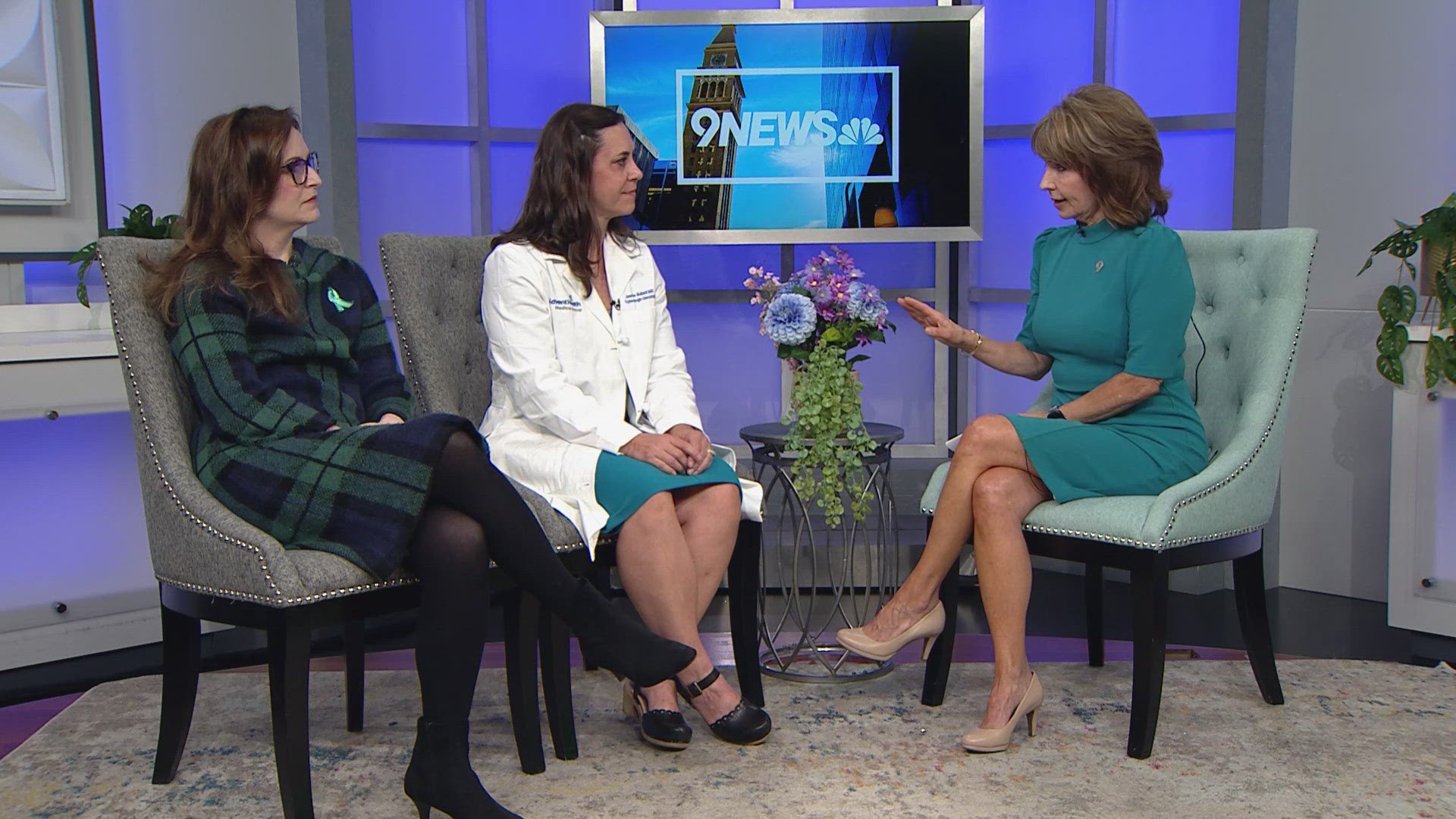Jocelynn Taylor, 13, is back to hiking and swimming less than two months after having two spinal fusion surgeries.
Before the spinal fusion surgeries, Jocelynn's posture was hunched over. Her spinal curvature was over 100 degrees.
At the age of 7, Jocelynn started wearing braces to try to stop the progression of her scoliosis. However, her spine kept turning and twisting.
"I had to get permission from my teachers to stand up in class," Jocelynn said. "I would also have to sit out of PE. I couldn't twist my back to play baseball or tennis."
Aside from discomfort, Jocelynn's spine was compacting her right lung. It was hard for her to breathe.
"I would be on the couch a lot," Jocelynn said. "I didn't do much. I have never known any different so now, this is really cool."
Her recovery impressed her doctor at Children's Hospital Colorado and assured him that the new technology he used with Jocelynn's procedure was the right way to go.
"This is a very extreme case," Dr. Sumeet Garg said. "It is very rare to have scoliosis get past 100 degrees."
Scoliosis is an abnormal curve of the spine that can progress as a child ages and grows.
To become completely familiar with Jocelynn's spine, Dr. Garg had scans of it made into a 3D-printed model. Each vertebra was exact. The 3D-printed model is an anatomical match to the twists and turns in Jocelynn's spine.
Dr. Garg worked with Englewood-based, Mighty Oak Medical which took the scans and created the 3D-printed anatomical replica.
The FDA approved the Mighty Oak Medical's FIREFLY Technology in December 2015. Since then, the 3D-printed technology has been used with about a dozen spinal patients
Children's Hospital Colorado is the first pediatric facility in the world to use this technology and use the 3D-printed model to prepare for surgery on a child.
"On a moments notice, we could be here," Mighty Oak Medical COO Brent Ness said. "The engineer working on this case got to interface a lot with Dr. Garg in the pre-surgical planning process. An engineer working with a surgeon is a pretty powerful combination."
"Being able to visualize and sort of do the surgery in your head ahead of time, you can anticipate both the perfect surgery but also potential problems so when you're working in the OR, if something comes up, it's not the first time you've thought about it," Dr. Garg said.
That kind of preparation allowed for a safer procedure.
Other surgeons do use 3D technology to prepare for spine procedures but often those intricate images are on a computer screen.
"It's definitely different," Dr. Garg said. "When you are working with a 3D image on a computer you can spin the image of the spine around. It's not the same as being able to hold it and really appreciate how rotated her spine is."
"The real motivation for us comes from knowing we're helping gifted surgeons like Dr. Garg do his job faster, safer and more effectively," Mighty Oak Medical COO Brent Ness said.
During the surgery, Dr. Garg connected rods to Jocelynn's spine with 3D-printed brackets that he knew would be a perfect fit because they already attached well on the 3D-printed model.
Those rods have lifted and pulled Jocelynn's spine into a more vertical position.
"My sister is constantly telling me I'm a lot taller," Jocelynn said.
Her sister is correct. Since the two procedures in May to get the rods in place, Jocelynn has grown four inches.
Now, Jocelynn can do whatever she wants.
She is excited for her 8th grade year because she won't be so restricted.
She jokes she won't fail PE class anymore. She plans to pick up baseball and tennis again.


